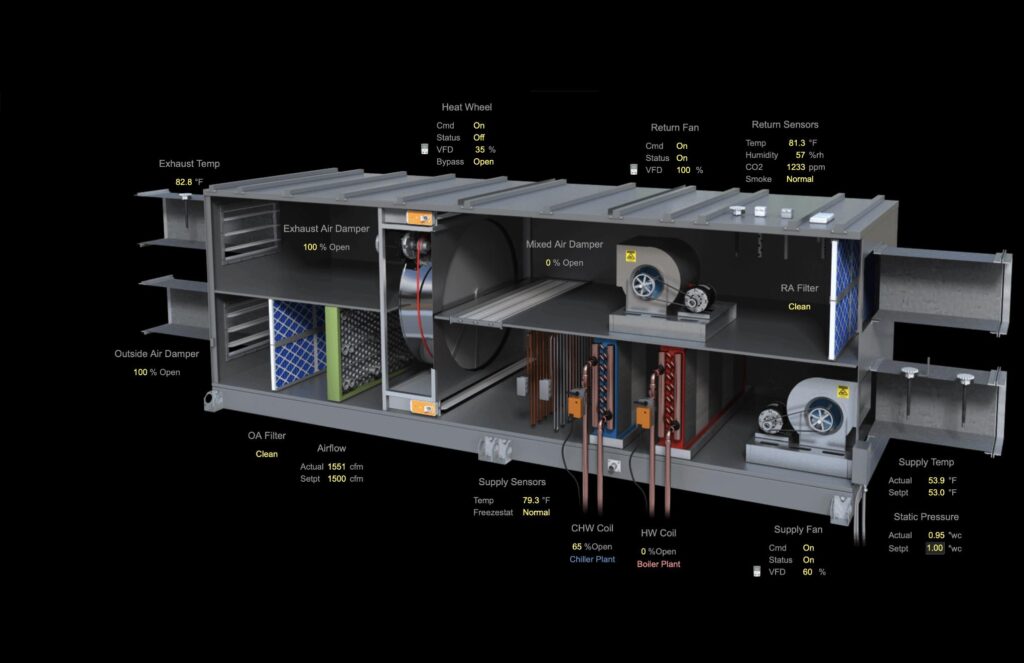Sustainable Design - Commissioning
Building commissioning is a quality assurance process that ensures a new building or a major renovation project works properly and efficiently. It involves a series of steps to verify that all the systems, equipment, and components of the building are designed, installed, and functioning as intended. The goal is to make sure the building meets the needs of its occupants and operates smoothly.
Building commissioning benefits both building owners and occupants by ensuring a comfortable, safe, and energy-efficient environment. It helps catch problems early, reduces the chances of costly repairs down the line, and contributes to the overall success of the building project.

Commissioning Process
The building commissioning process can include the following steps.
At the start of the project, a plan is created outlining the commissioning process. This plan defines the scope of work, identifies the systems to be tested, and sets the goals for the commissioning process.
Commissioning experts review the building’s design documents to ensure they are clear, comprehensive, and aligned with the project’s goals. This step helps identify any potential design flaws early on.
During construction, commissioning professionals monitor the installation of systems and equipment to ensure they follow the design specifications. This helps catch any mistakes or deviations from the plan.
Once systems are installed, they are thoroughly tested to make sure they work correctly. This involves testing individual components as well as how they interact with each other. For example, testing the heating and cooling systems to ensure they maintain the desired temperature.
After functional testing, the systems are tested under real-world conditions to verify their performance. This might involve running the systems for an extended period to make sure they maintain efficiency and comfort.
Building operators and occupants are trained on how to use and maintain the systems effectively. This helps ensure that the building’s performance is sustained over time.
Detailed records are kept throughout the commissioning process. This includes design reviews, testing procedures, results, and any issues that were addressed. This documentation provides a clear record of the building’s systems and their performance.
At the end of the commissioning process, a final report is prepared summarizing the entire process. It includes details about the testing, adjustments made, and any recommendations for ongoing maintenance.
Even after the commissioning process is complete and the building is in use, regular monitoring and maintenance are carried out to ensure the building continues to operate efficiently and effectively.

